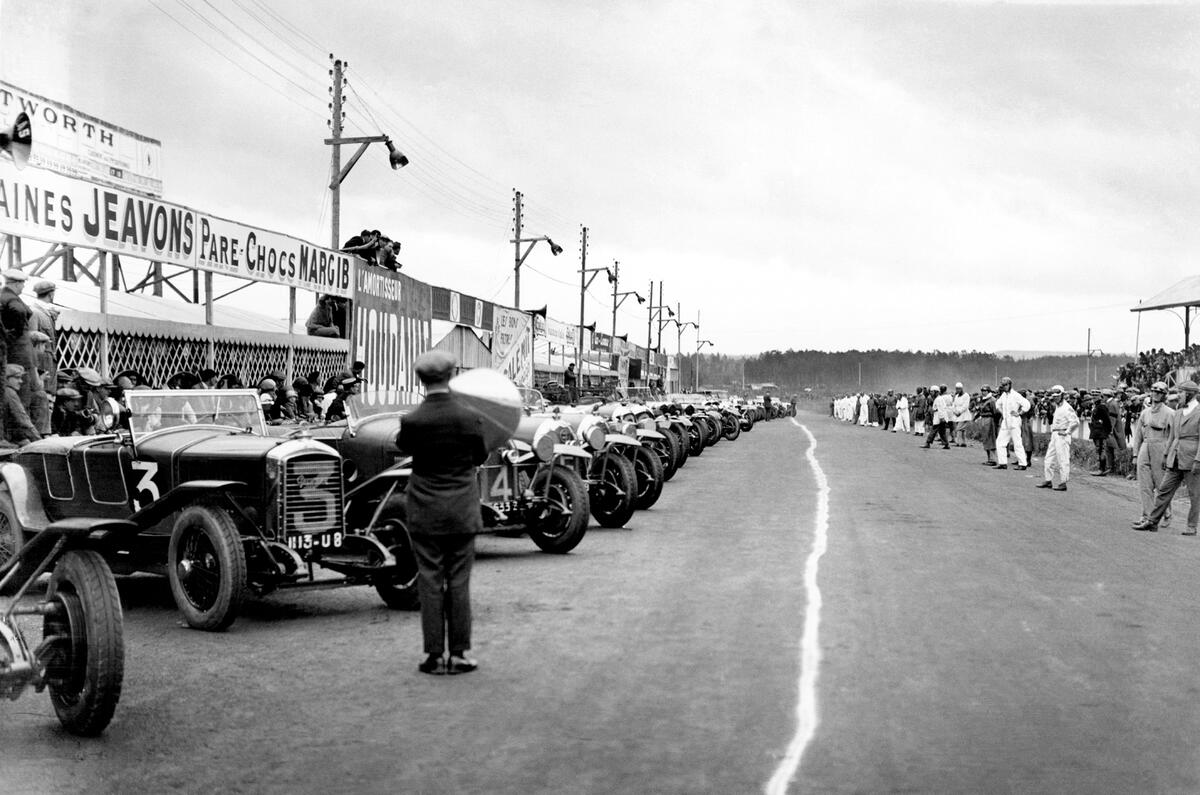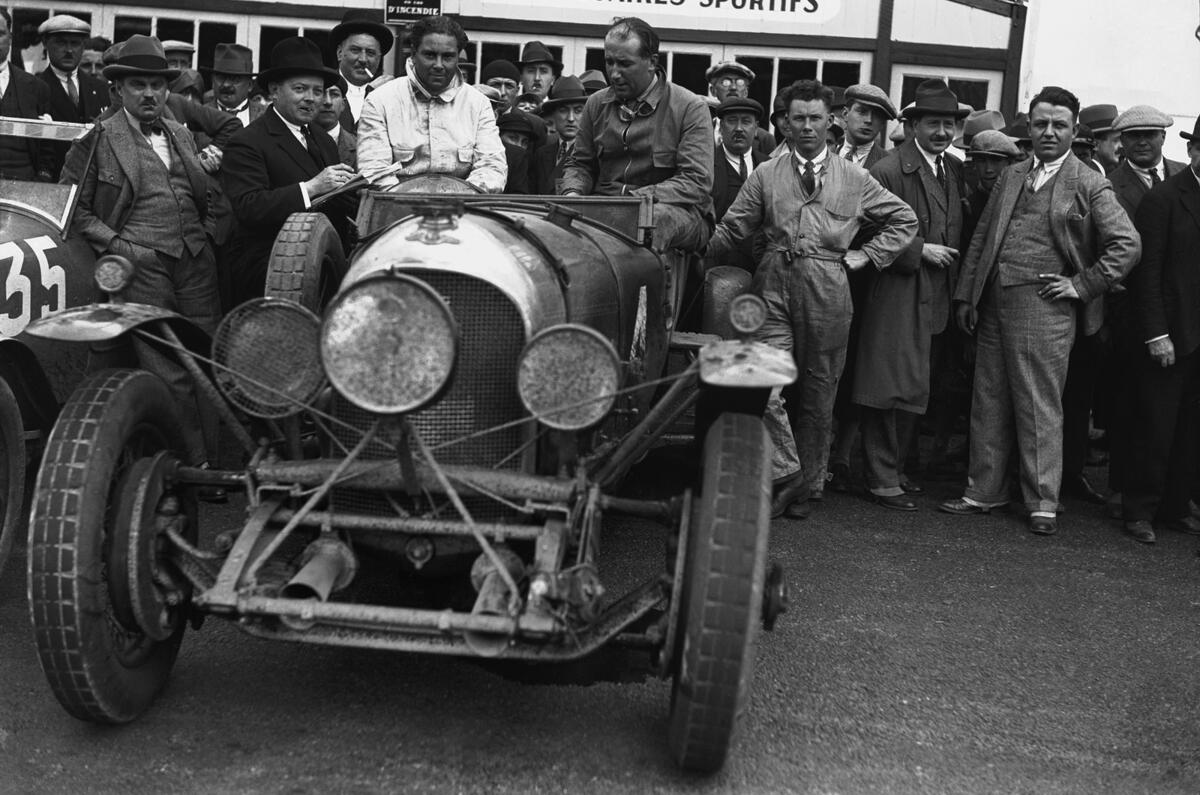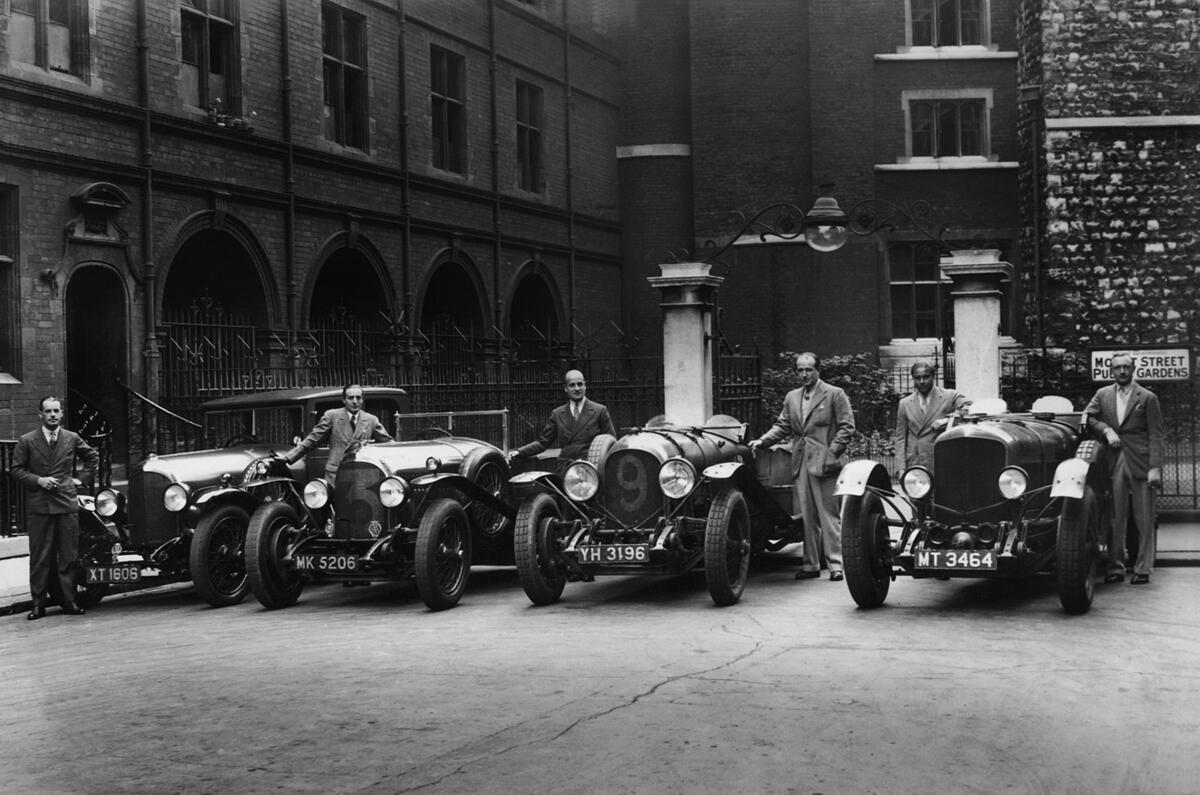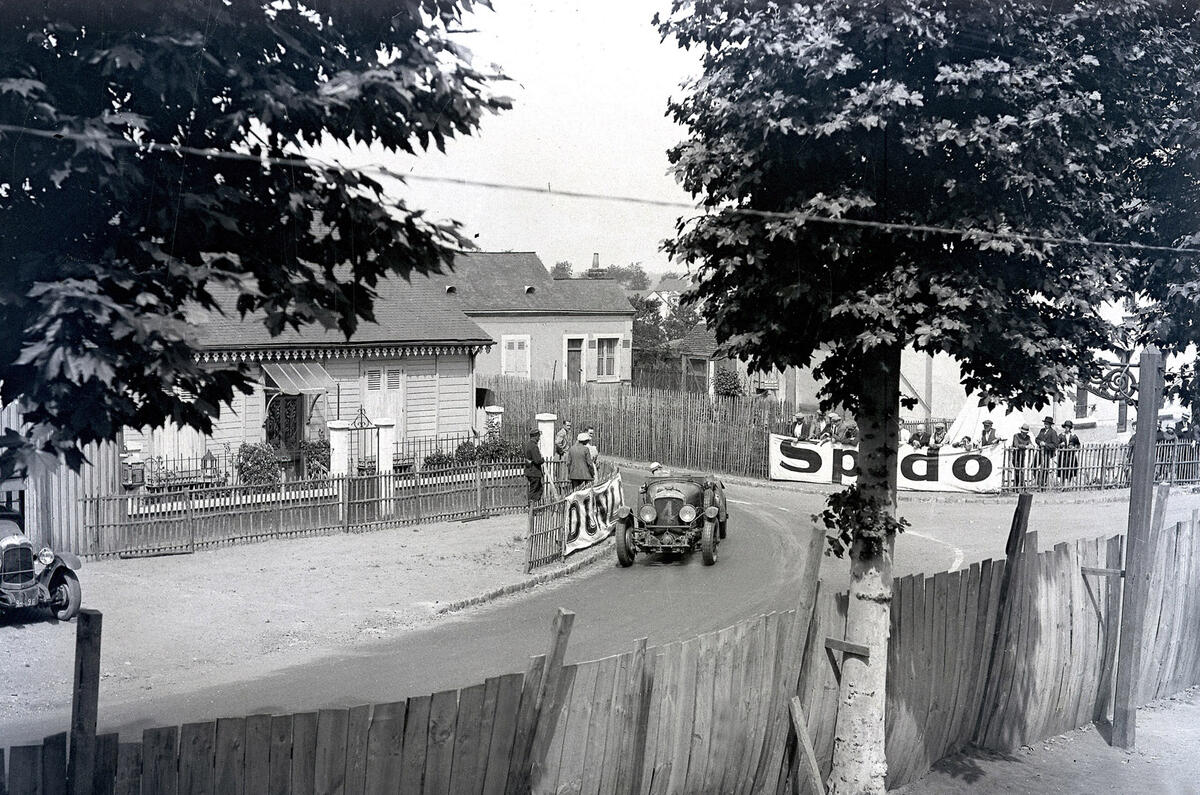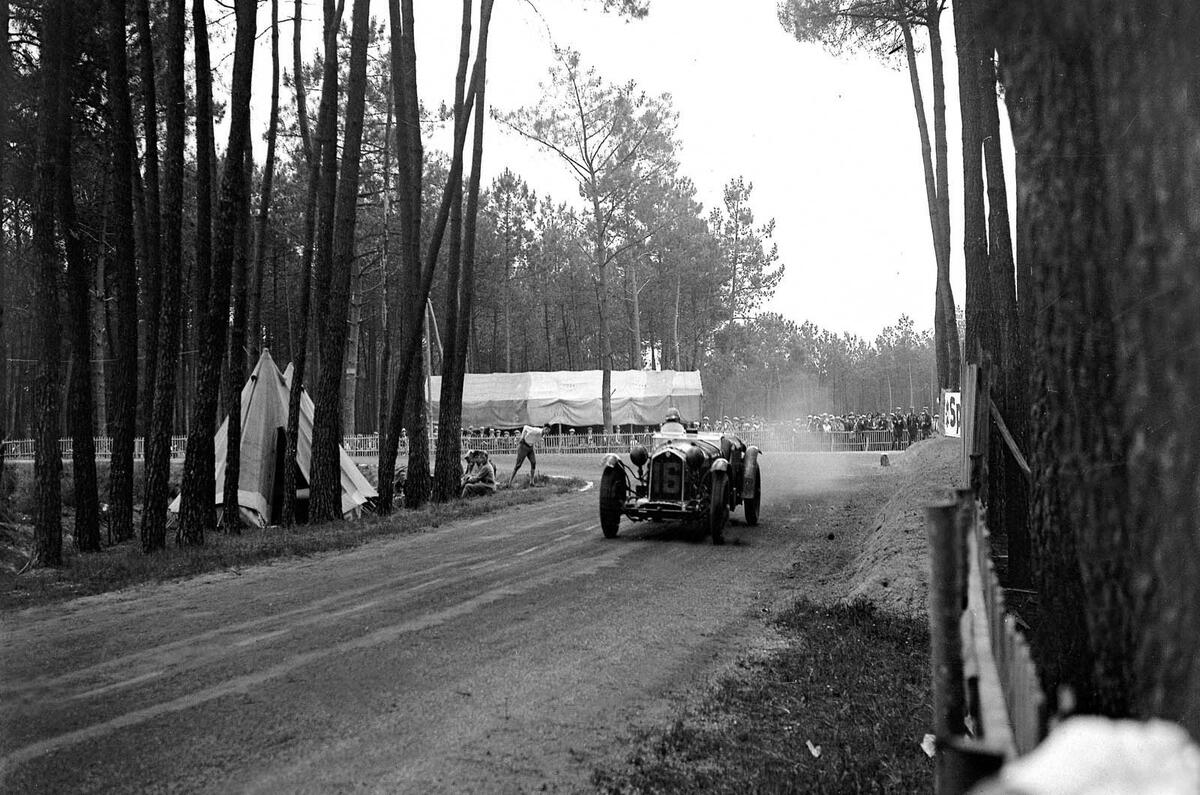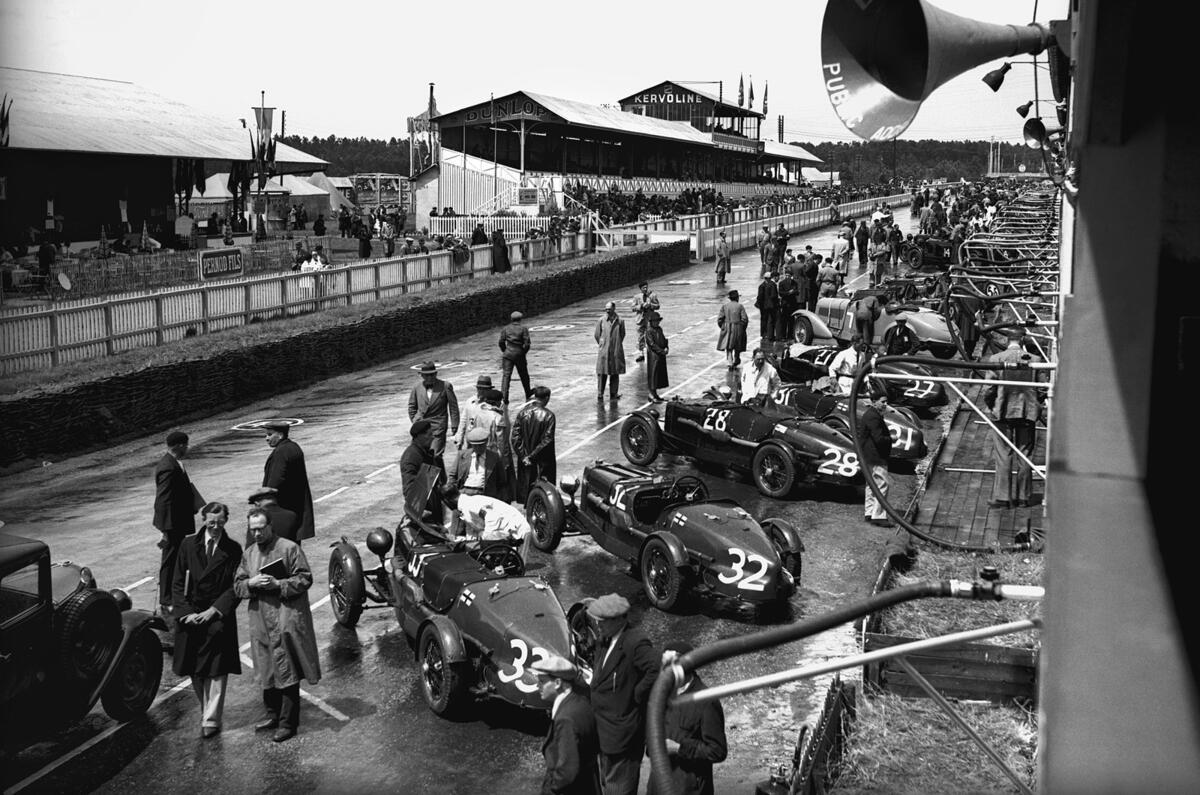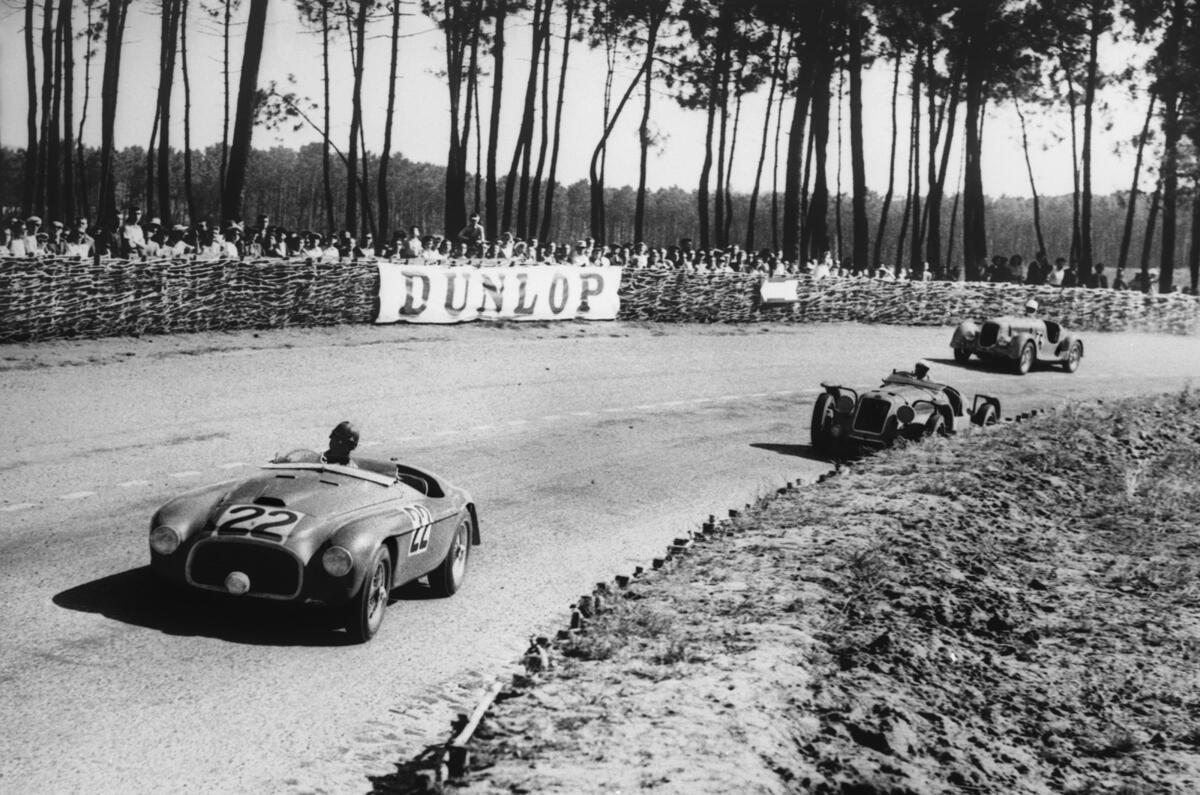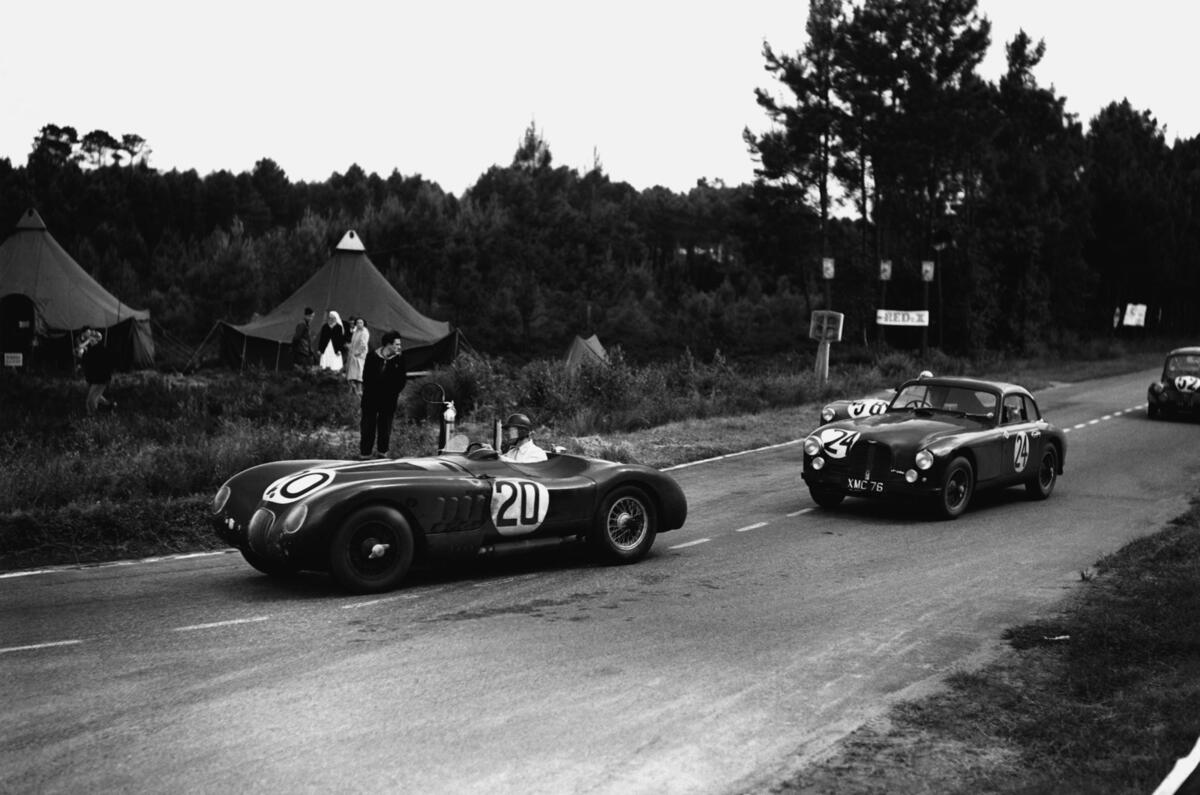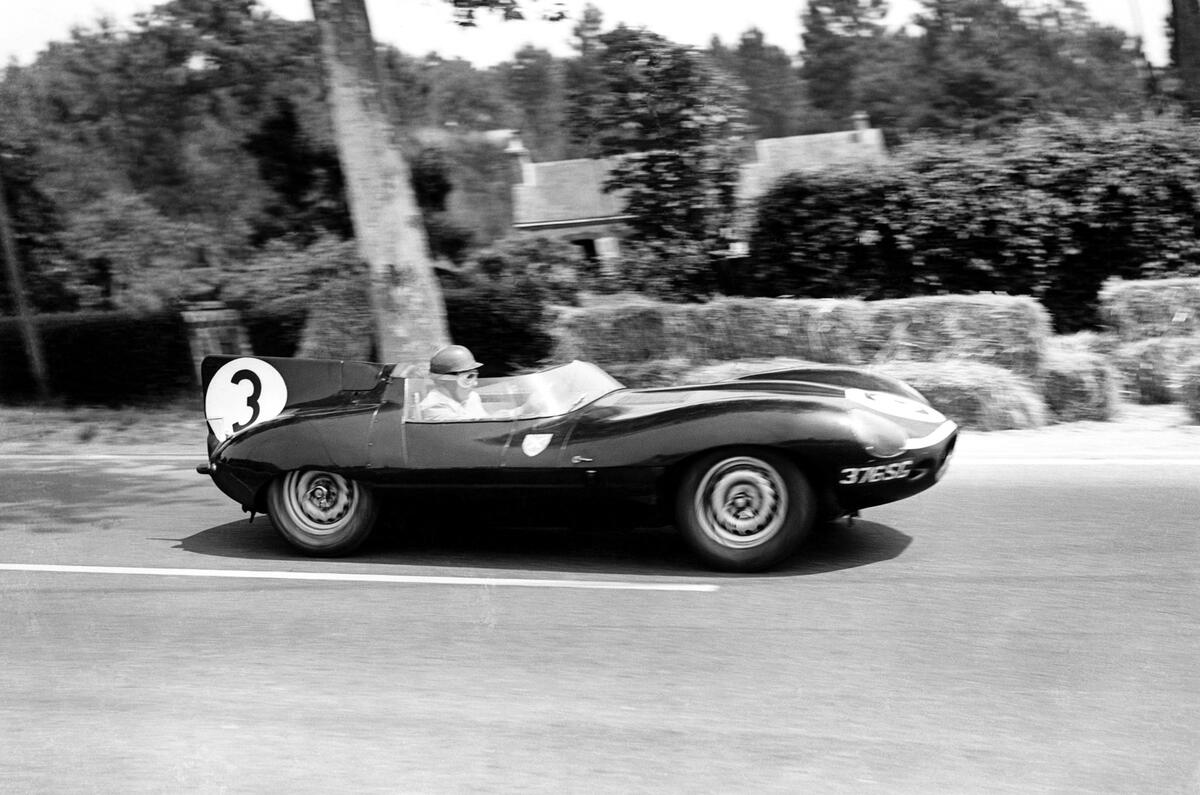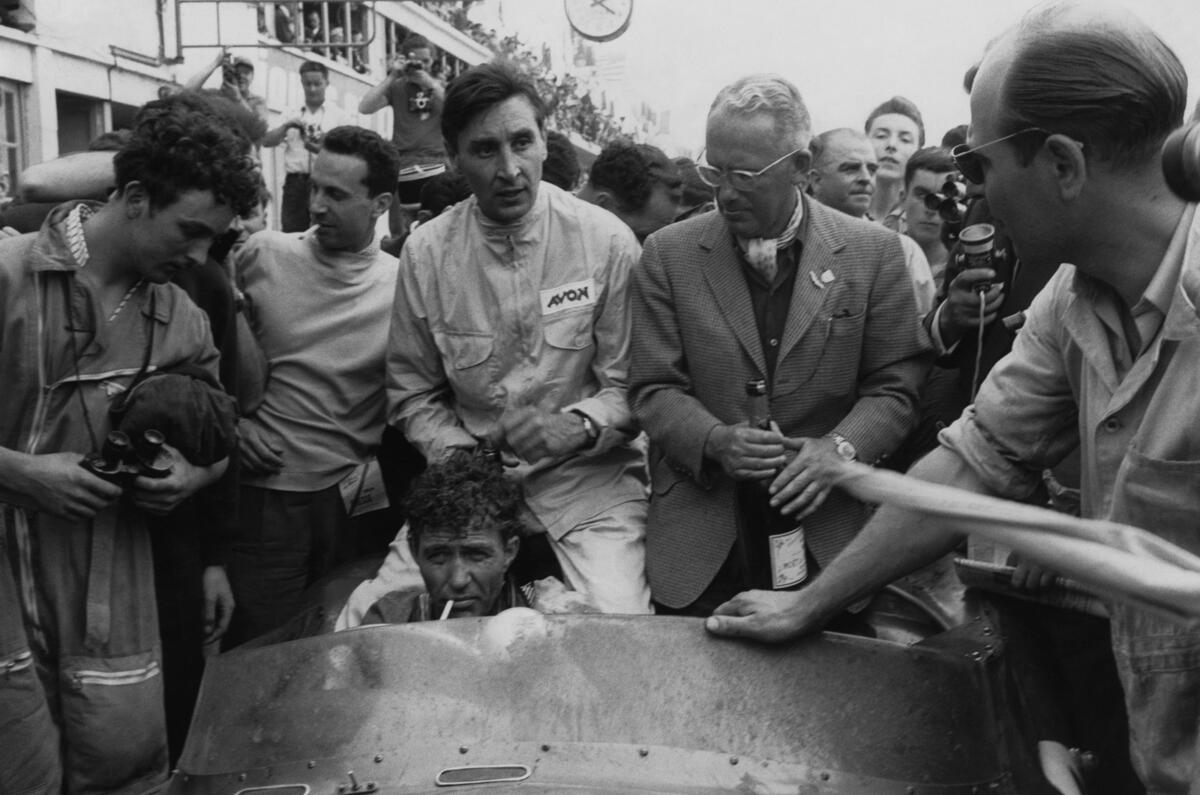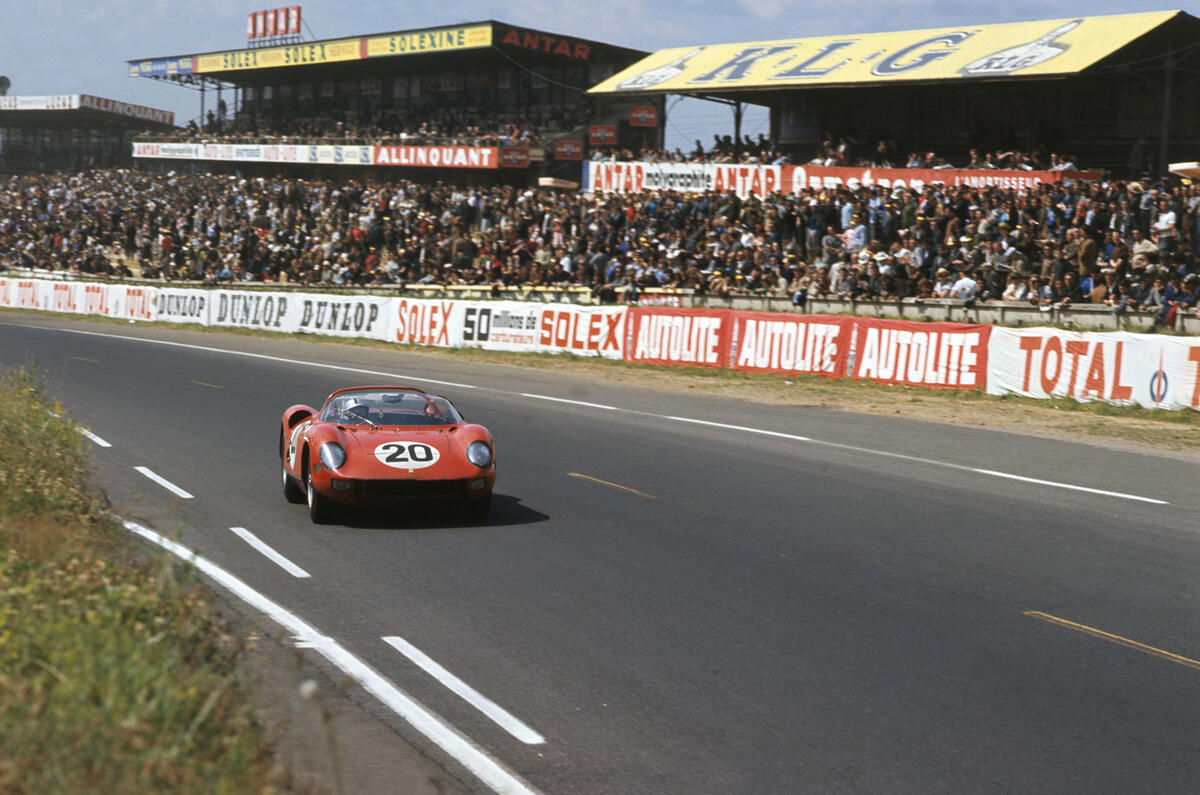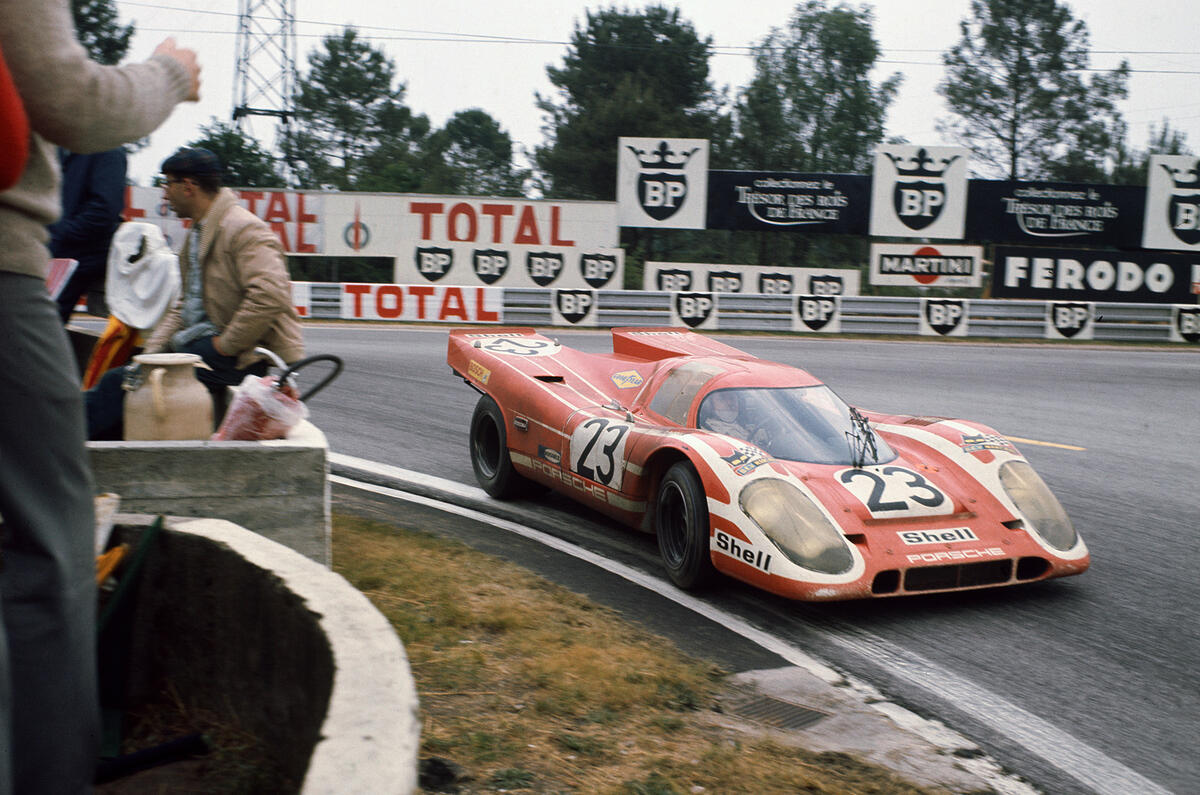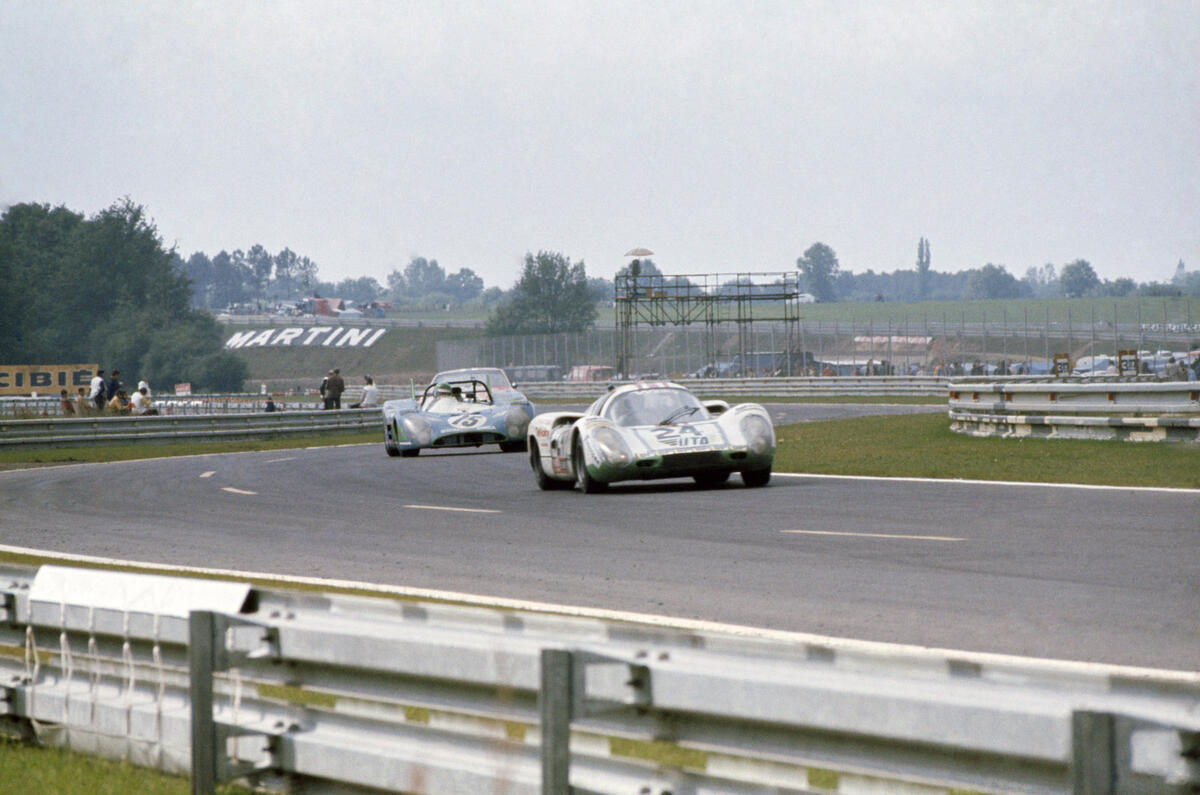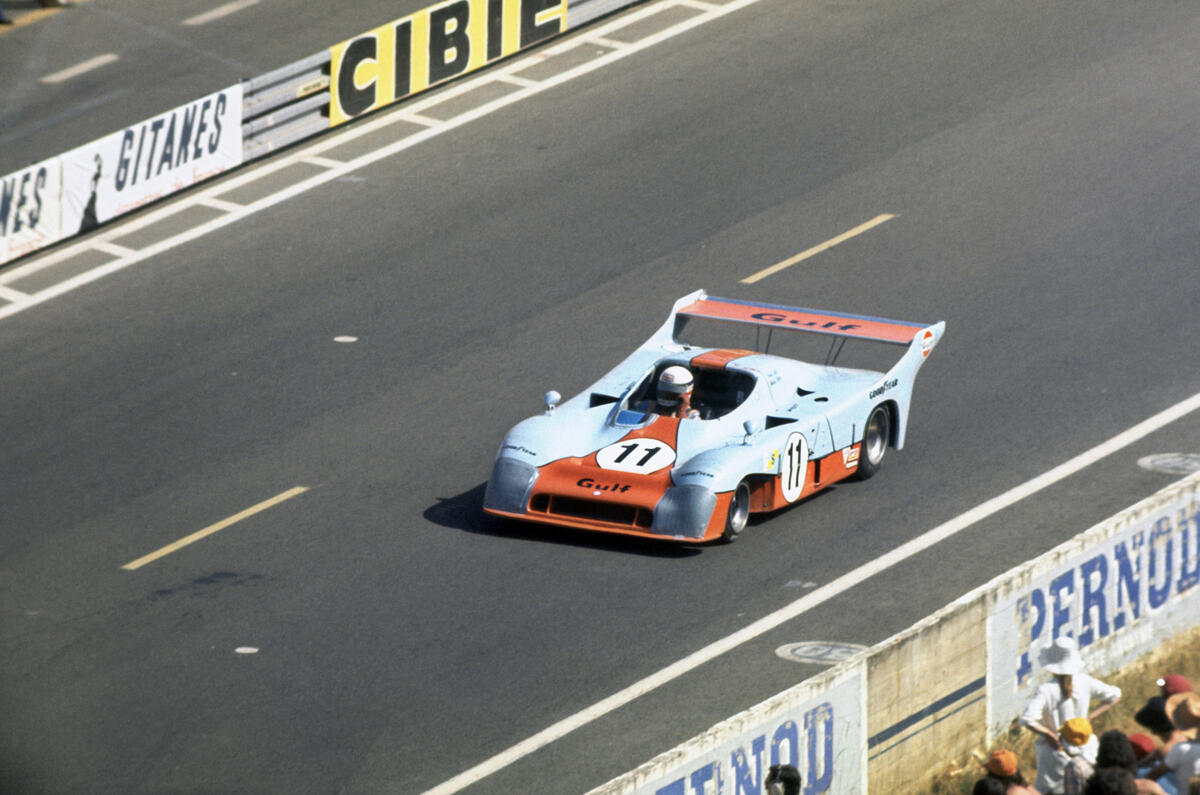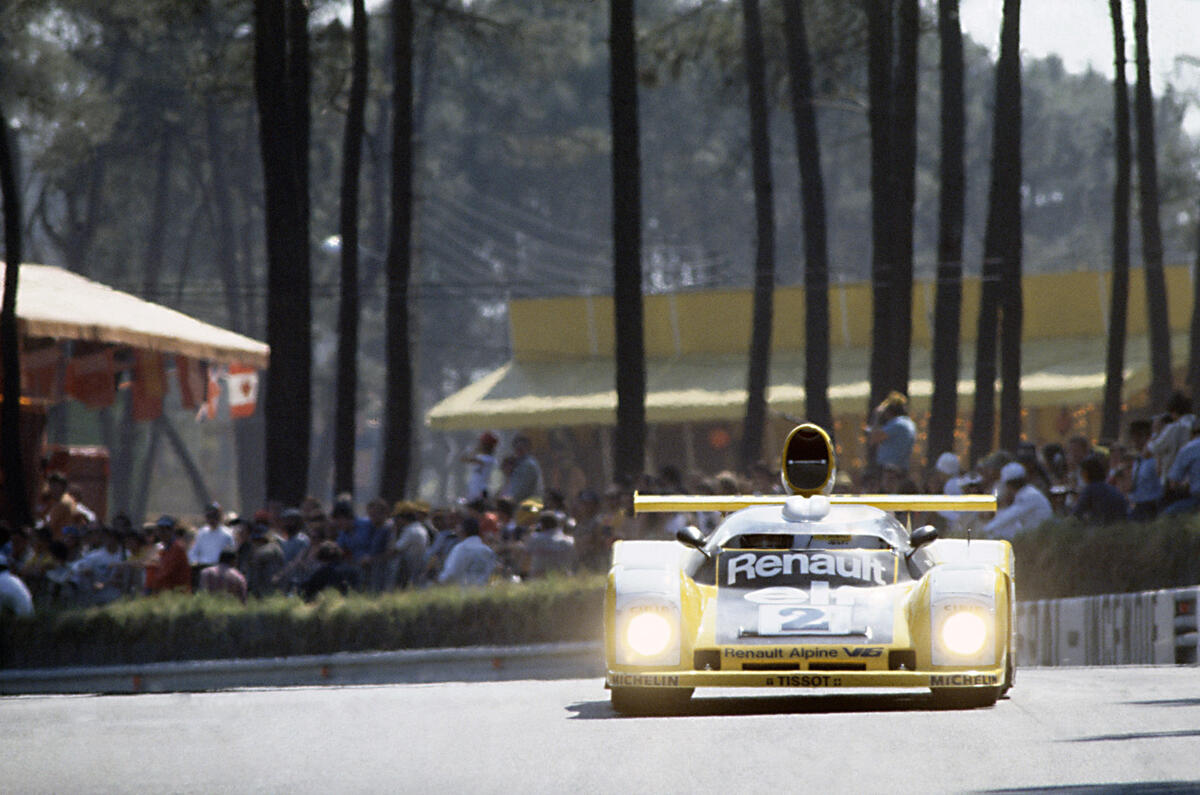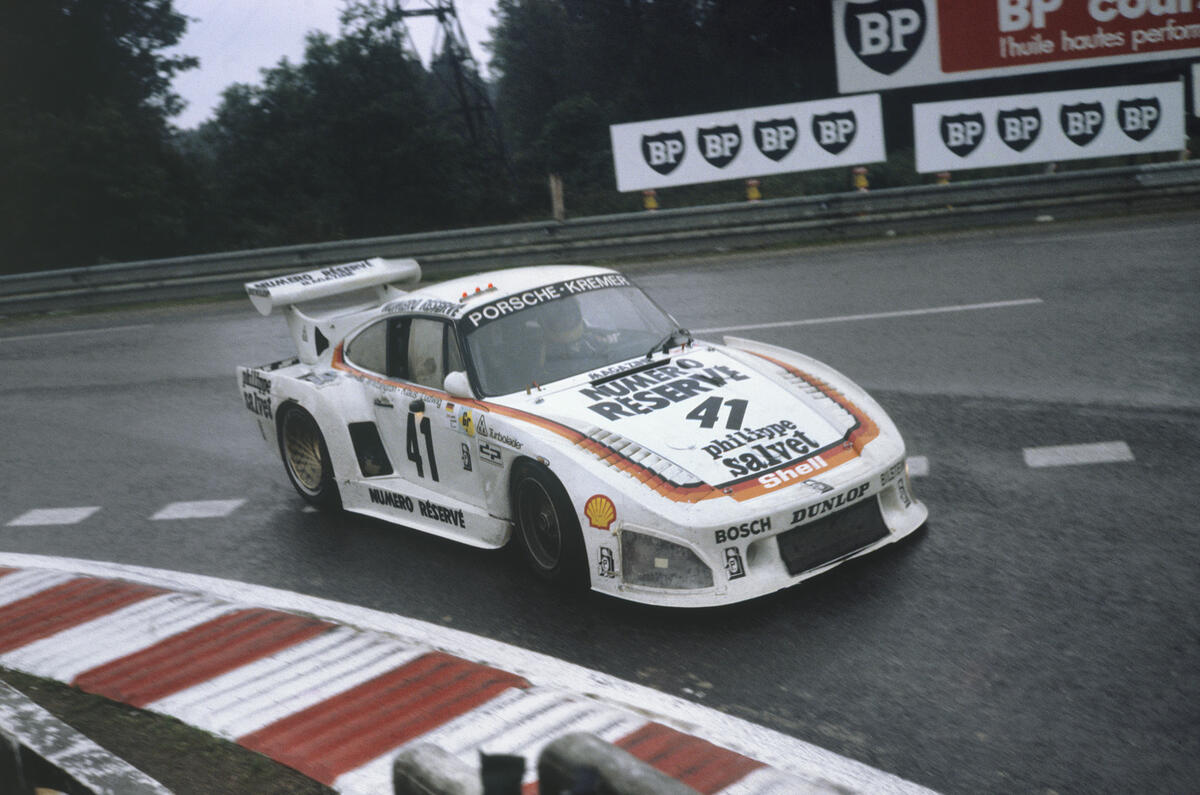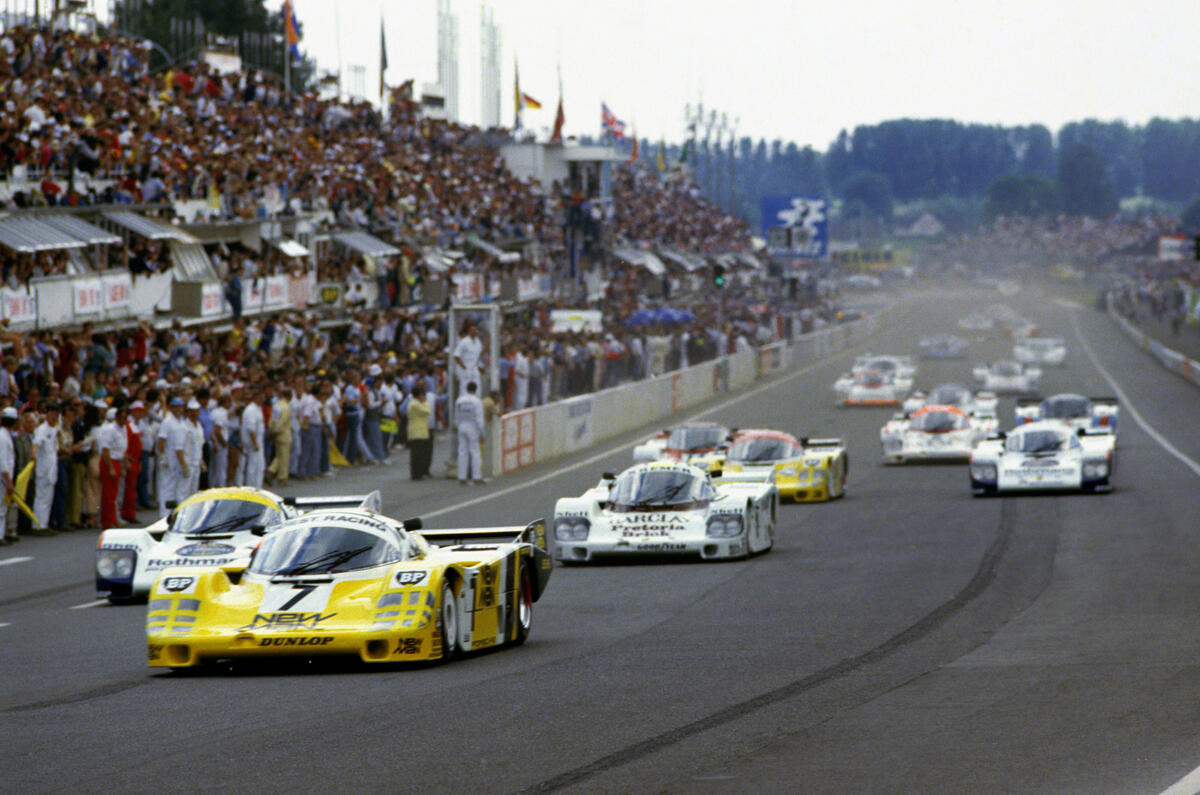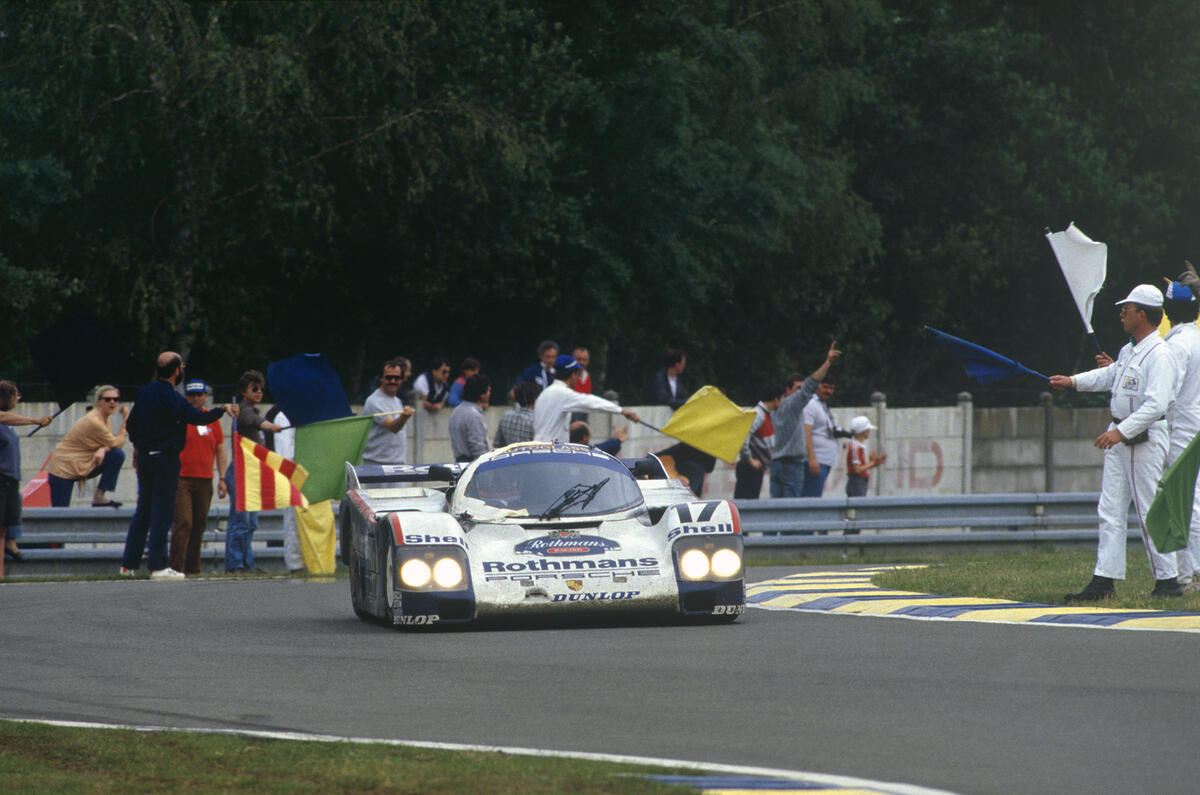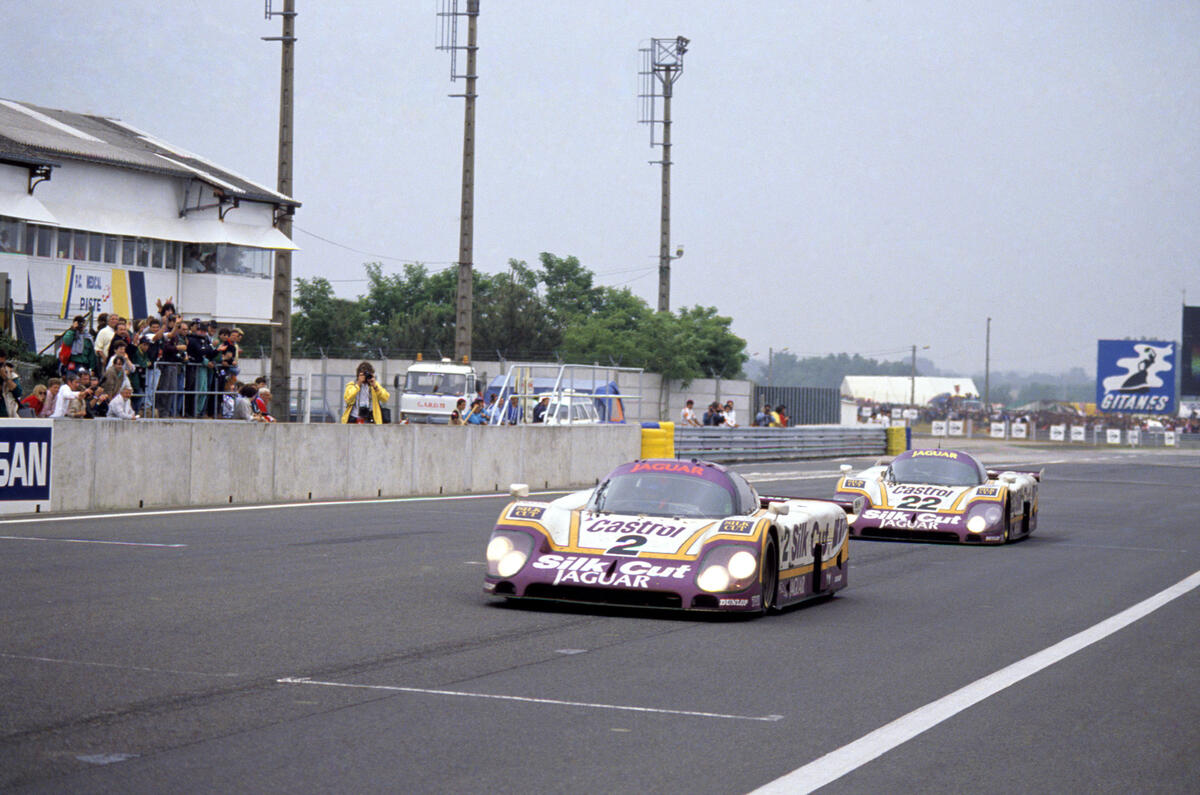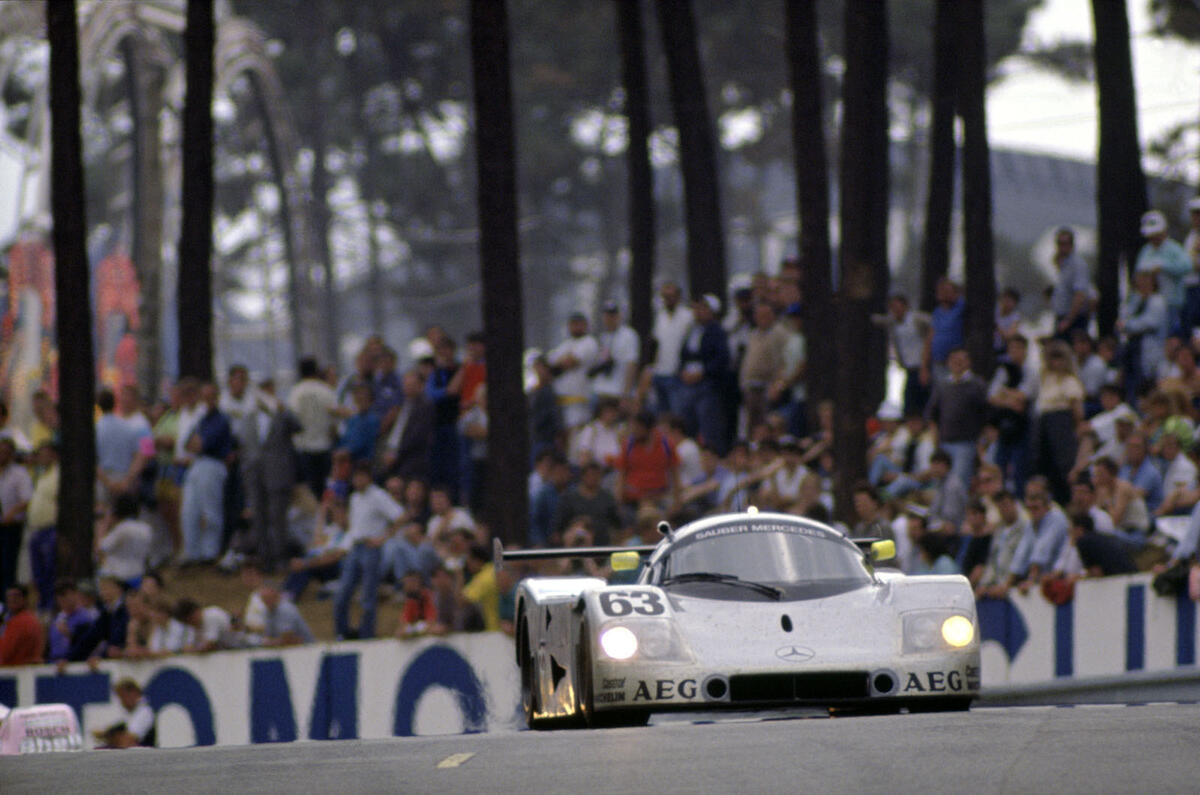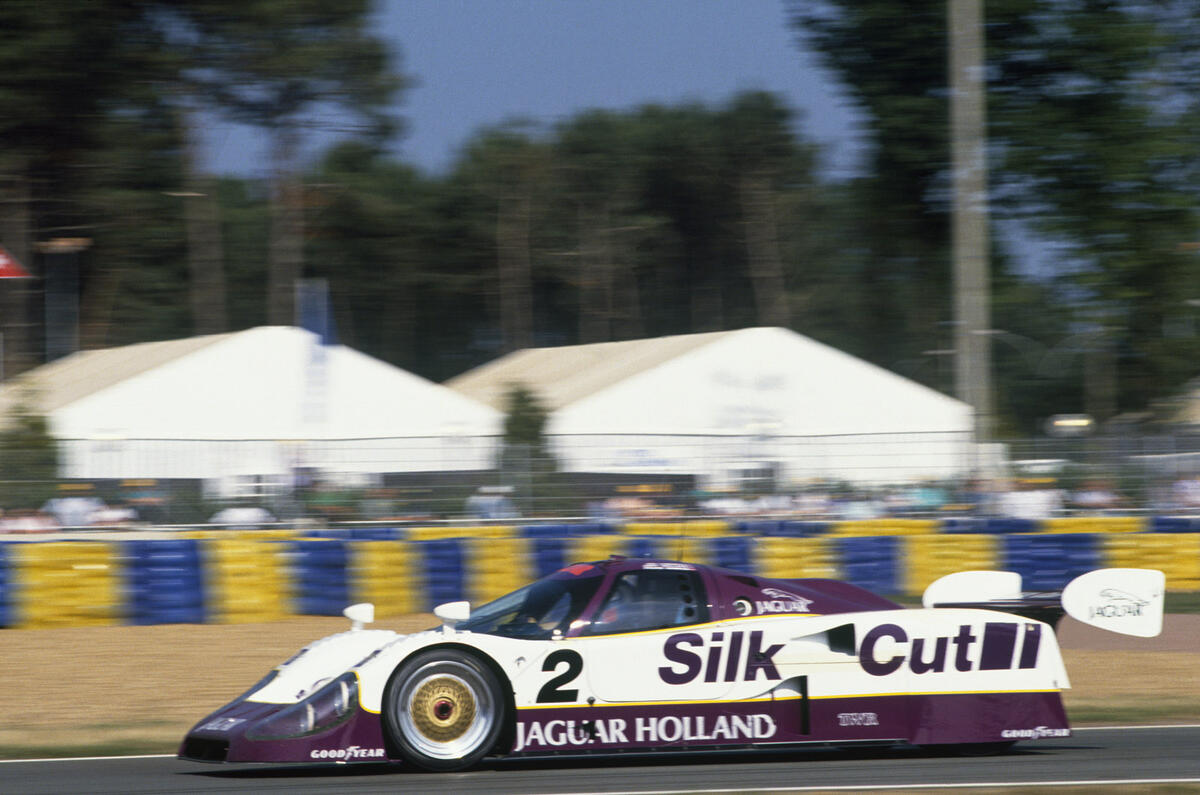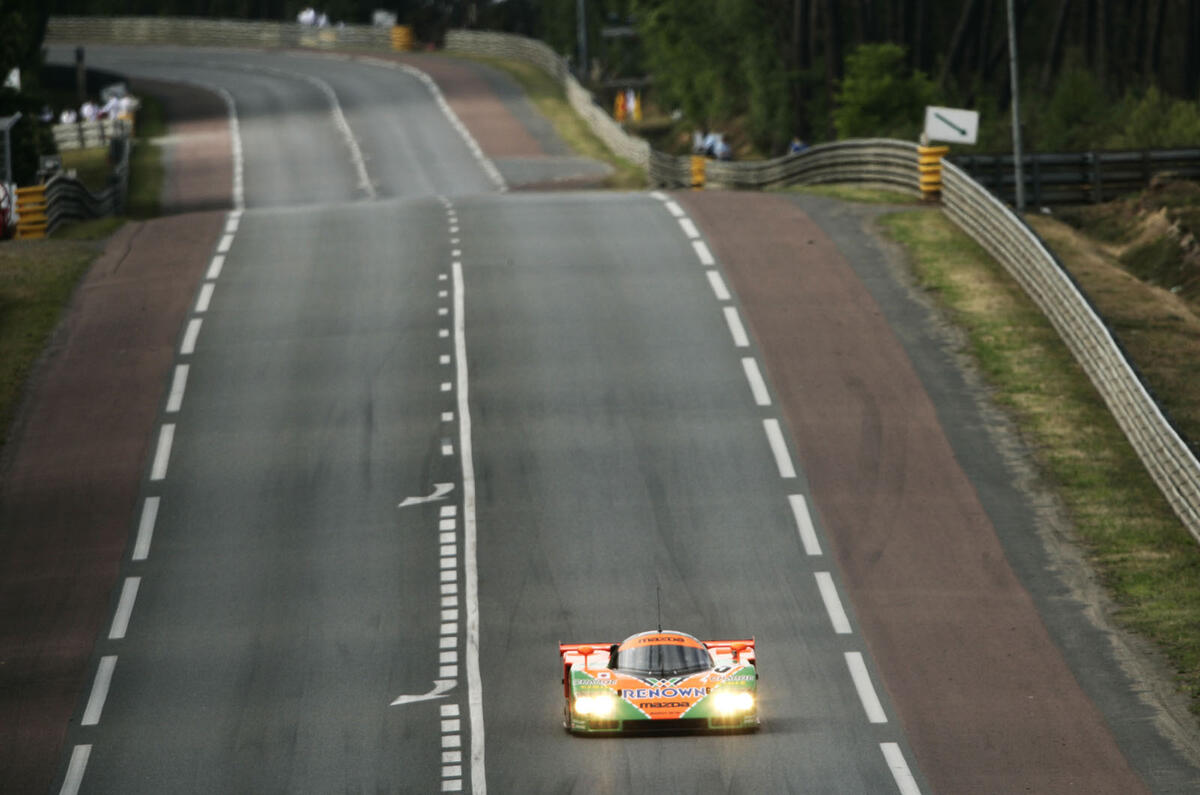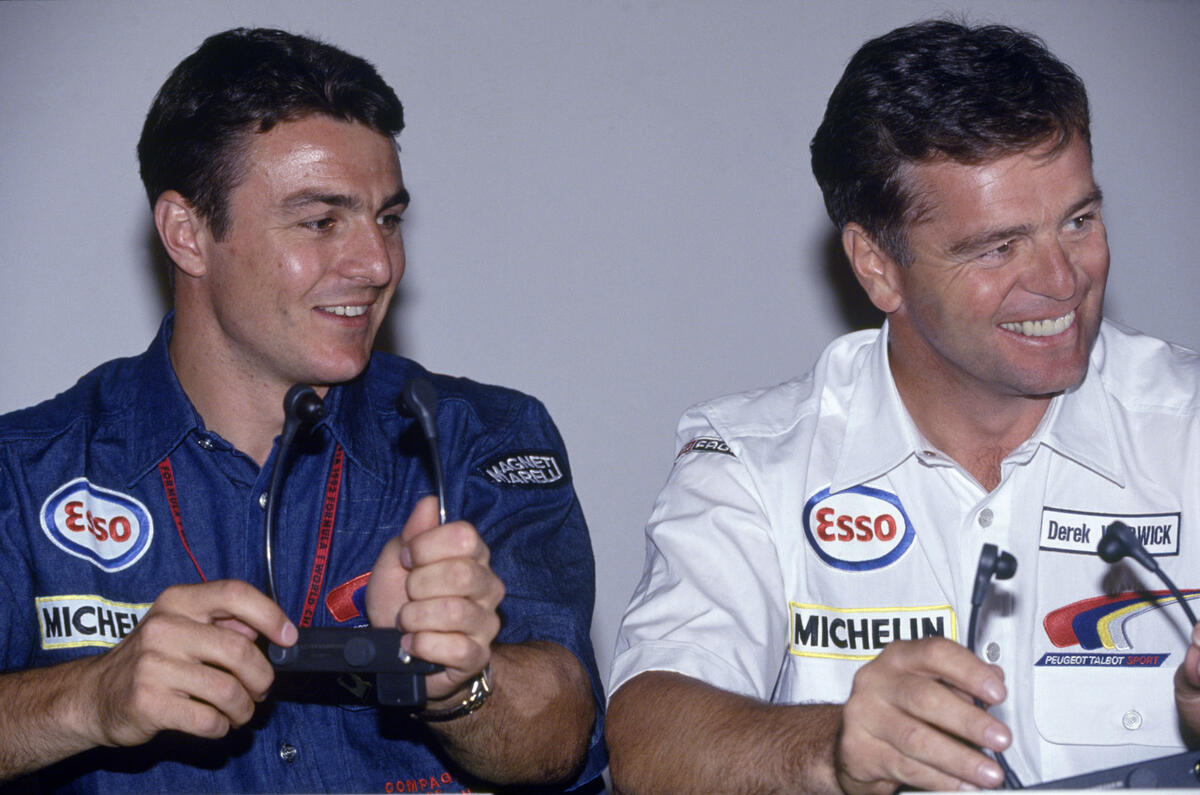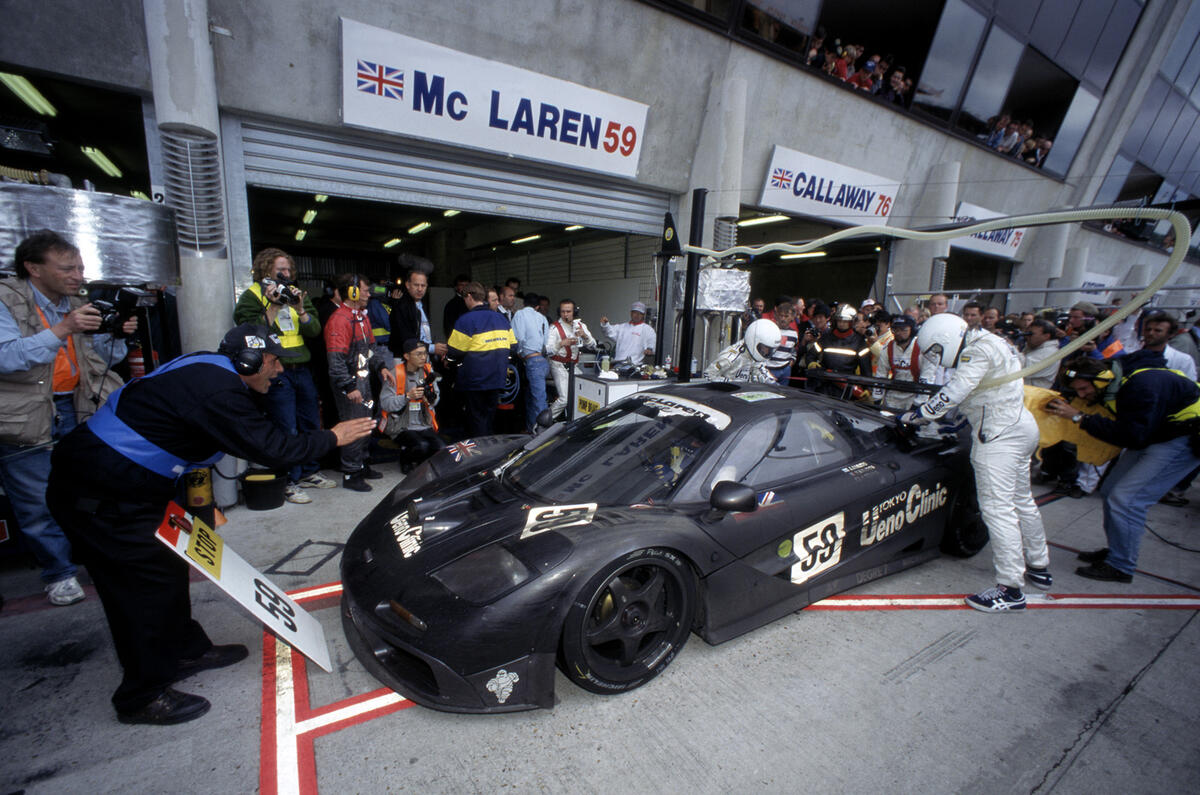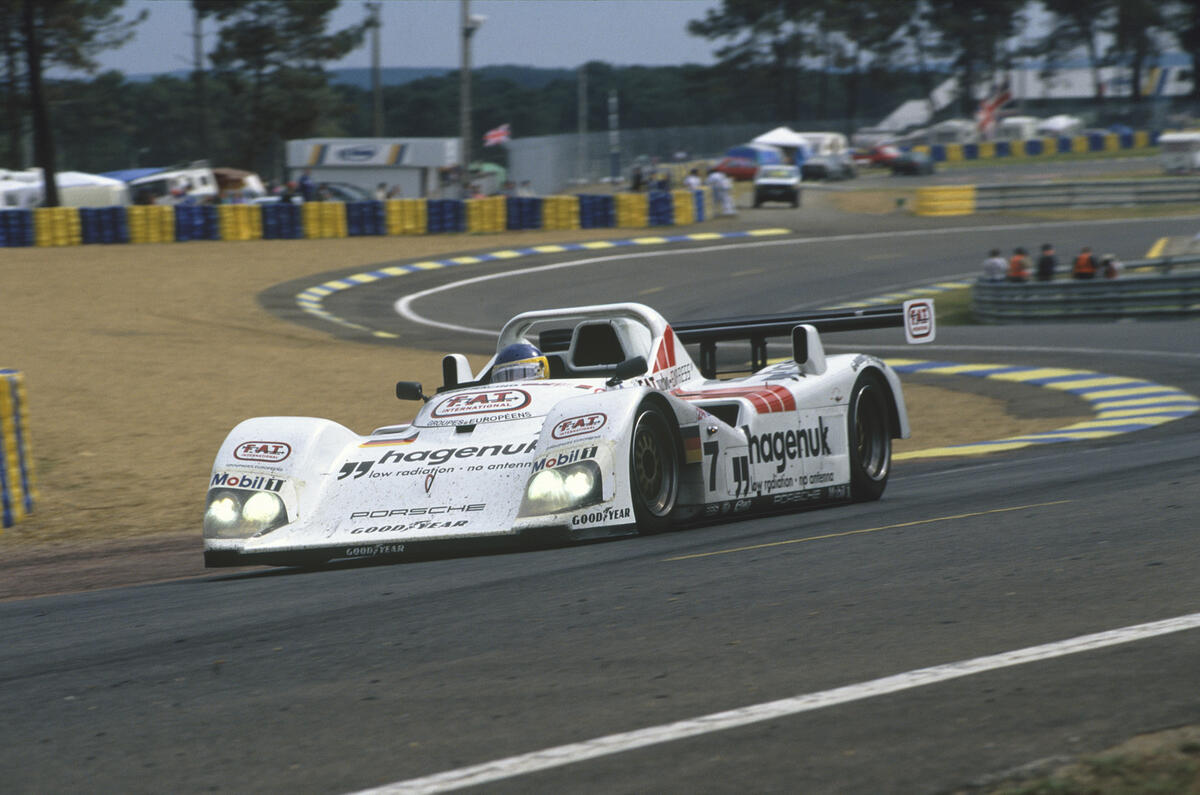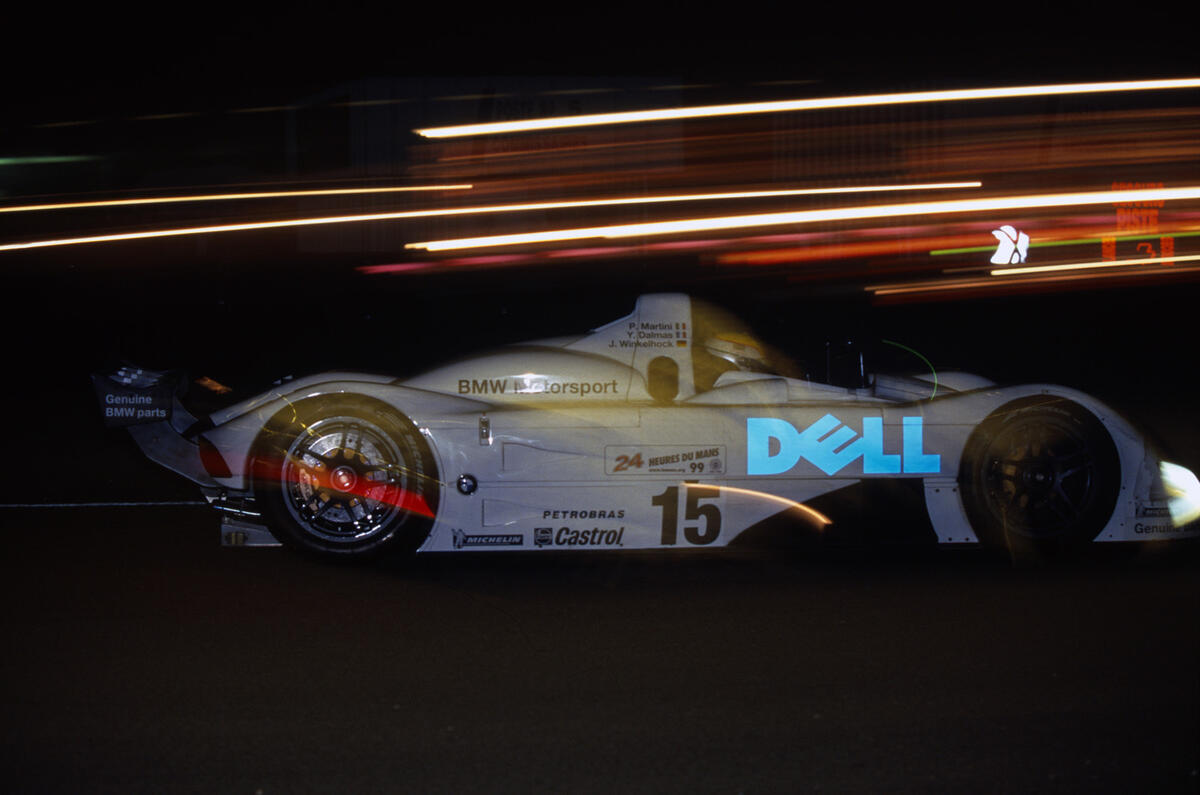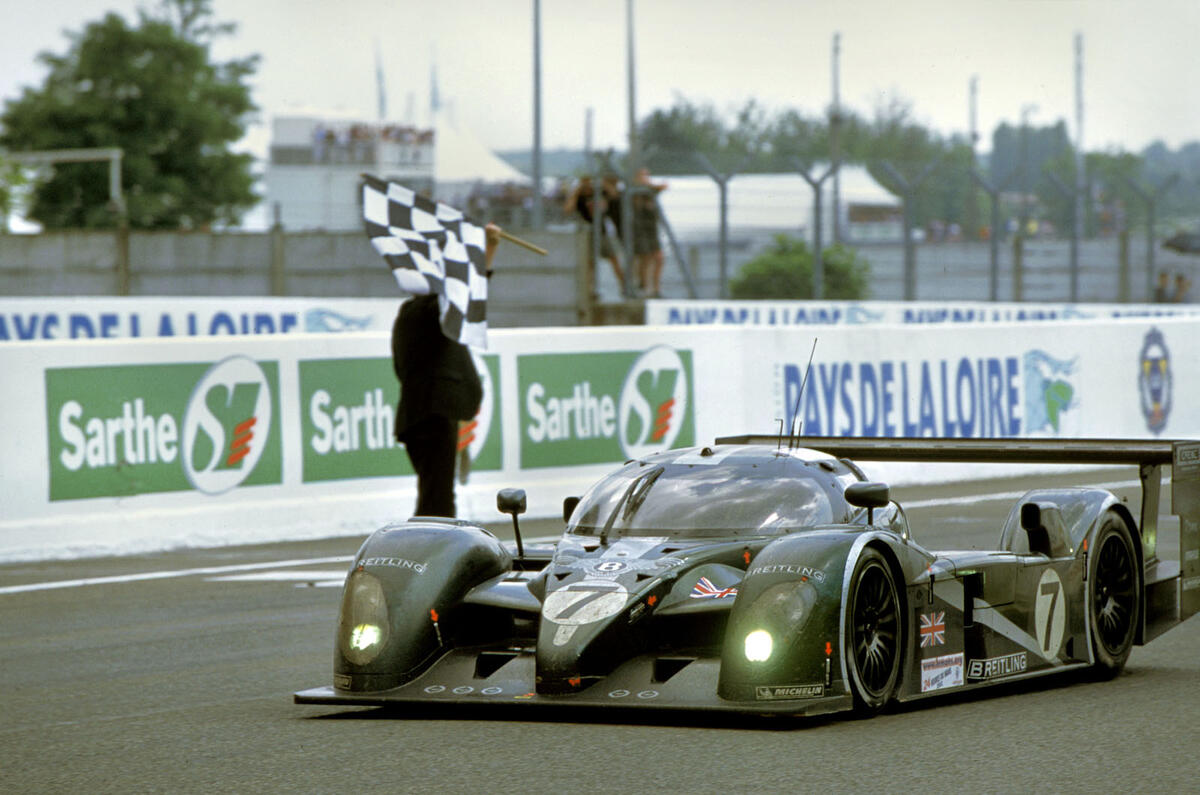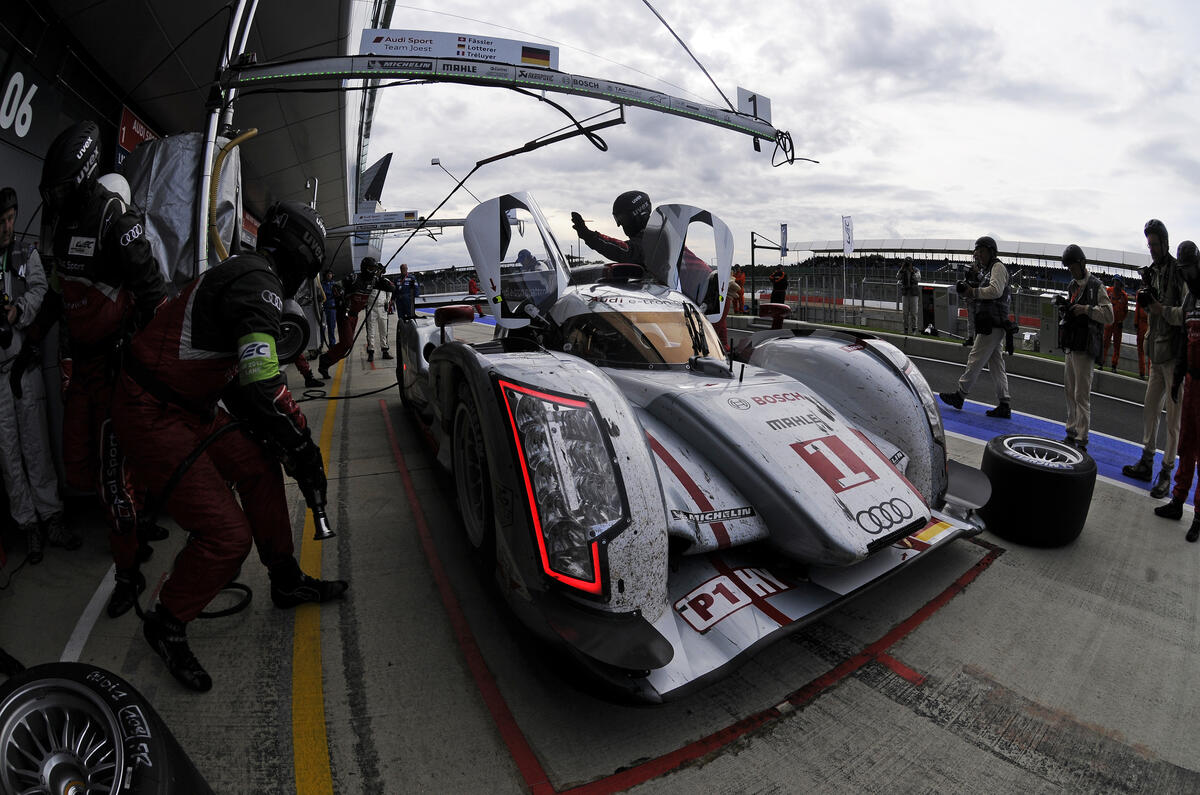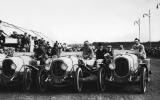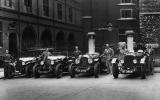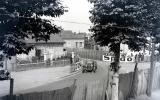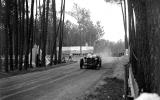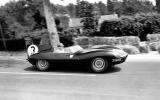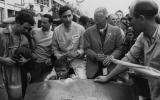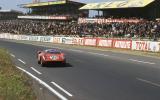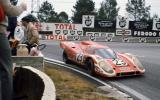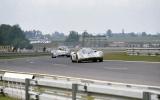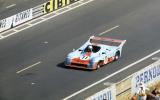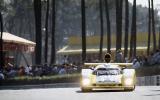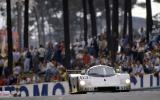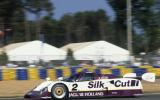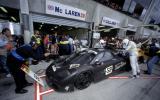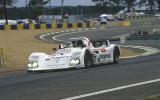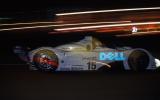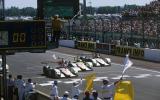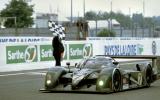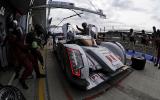The Le Mans 24 Hour race celebrates its 90th anniversary this weekend. Over those years the race and its winners have acquired heroic status, and it has earned the reputation of one of the three blue riband events in the motorsport calendar, alongside the Indy 500 and Monaco Grand Prix.
No doubt, its irresistible pull to fans and manufacturers alike is down to its round-the-clock duration – although Le Mans certainly isn’t the longest FIA-sanctioned endurance event because the Dakar Rally frequently approaches 6000 miles in length.
Since the inaugural 1923 race was won by Andre Lagache and Rene Leonard in a 3-litre Chenard & Walcker, not only has the configuration of the Circuit de la Sarthe varied but the cars have got quite a lot faster. Two traditions have remained, however: the race is held in June and starts in the afternoon on a Saturday.
Two marques dominated the race in its early years, and between them Alfa Romeo and Bentley won nine of the first twelve events. Alfa Romeo’s success at Le Mans ended when the handsome 8C 2300 took the chequered flag in 1934, but Bentley eventually returned to the winner's rostrum, taking a famous one-two in 2003 with the Speed 8, 73 years after its last win. By way of comparison, the winners' average speed of 75.88mph in the Bentley Speed 6 that year compared to an average of 133.17mph come 2003.
Post World War Two, Ferrari took its first win with the 140bhp, 650kg 166MM in 1949. Then, after Le Mans became part of the World Sportcar Championship calendar in 1953, a wider range of manufacturers began to show interest. The established marques were joined by Aston Martin, Mercedes-Benz (which was winning F1 races courtesy of Juan-Manuel Fangio at the time) and Jaguar, which won several times with the ultra-aerodynamic C- and D-types.
Competition increased the rate of innovation and by the mid-1950s the cars were averaging more than 100mph over the 24 hours. During this time one of the worst accidents in the history of motor racing happened. Pierre Levegh’s Mercedes-Benz 300 SLR left the track after hitting Lance Macklin’s Austin-Healey at 150mph. The ensuing accident killed 83 spectators. More stringent safety measures were duly introduced, but the top speed of Le Mans race cars was already approaching 200mph.
Ferrari stamped its authority on the race during the 1960s, winning six races with cars that are amongst the most sought-after collectors' items today. In particular, variations of the 250 Testa Rossa, which won the 1960 and 1961 races, now fetch seven figures at auction.
At the end of that decade two unfortunate things happened to Ferrari: Ford and Porsche. Ford's GT40 took four straight wins at a time when the fastest Le Mans cars were still homologated from road-going versions. After Jacky Ickx helped the American company take its final Le Mans victory to date, Porsche led the charge of purpose-built prototypes that were faster than anything that had come before. Porsche took its first Le Mans victory in 1970, and the average speed of 138.13mph, set by Helmut Marko and Gijs van Lennep, remains unsurpassed.
Porsche cars continued to win race after race throughout the 1980s, with the Group C prototypes that maximised fuel efficiency, before the ‘Silk Cut’ Jaguar XJR-9LM won in 1988. Powered by a 750bhp, 7.0-litre V12, the Jaguar came within 1mph of Porsche’s record speed average from 17 years earlier.
With the speeds climbing, in 1990 the most significant of several track changes were introduced when two chicanes were put in to break the Mulsanne Straight. The concern was that at speeds in excess of 250mph any crash or collision would almost certainly kill any drivers involved.
In the 1990s two victories in particular stood out: Mazda’s win with the rotary-engined 787B makes it the only Japanese manufacturer to scoop top honours, while McLaren’s victory with the F1 GTR proved once again that reliability, and not outright pace, was essential for victory in endurance racing.
With the exception of Bentley’s magnificent win in 2003 and a solitary Peugeot victory in 2009, modern Le Mans has belonged to Audi, which has dominated the race with the R8 and R10 TDI, the first ever diesel to win. Audi won in 2012 with the diesel-hybrid R18 E-tron quattro.
A repeat result looks likely again this weekend, unless Toyota springs a surprise and shows enough race pace to overcome the faster Audis. But as our picture gallery shows, the race has a habit of throwing up unpredictable and hugely entertaining results more often than most events.
Additional reporting by Richard Lane


